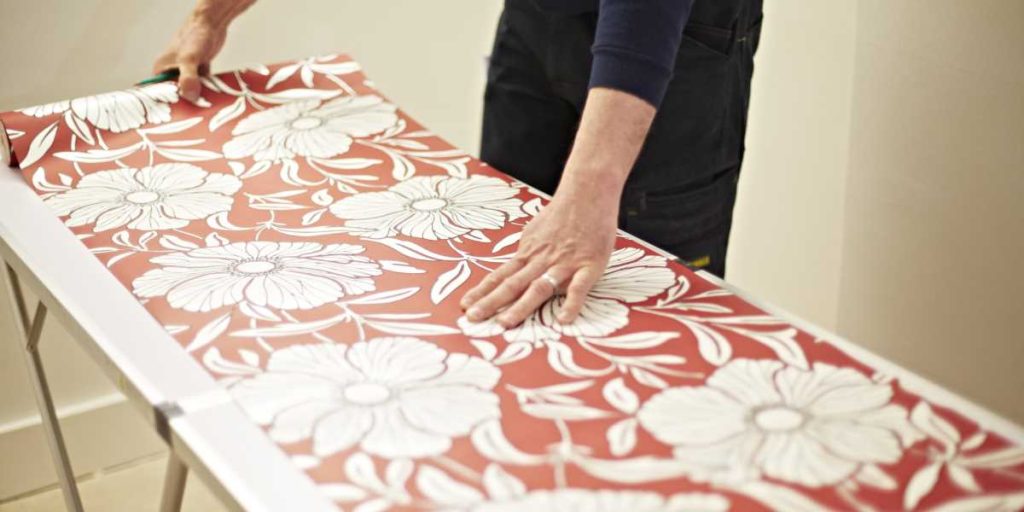
While wallpaper is hardly a revolutionary concept, its ability to instantly transform any room on a budget still makes it one of the most commonly utilised tools in home design.
Whether you opt for simple stripes, stripped-back hues or vibrant artwork, wallpaper can be used to achieve an endless array of designs and styles, is a chance to inject some personality into a home improvement project, and can often be completed on a DIY basis.
Below we’ve picked out a few wallpaper trends we might expect to see over the next 12 months, based on current industry news. Plus, further down we share some practical advice for anyone planning a spot of decorating.
6 wallpaper trends
Stripes
Subtle pinstripe wallpaper can add a little extra flair to a room without going overboard, while big, bold contrasting stripes are a great way of achieving more of a statement look.
Florals
Floral patterns have been a staple in home design for a long time, and it’s highly unlikely that we’ll see them fading anytime soon.
Geometric prints
Repetitive geo prints can add a sense of elegance to any room and can work particularly well when used to add focus to a living room’s feature wall.
Light tones
For anyone after a quick way of creating the illusion of space, opting for light-coloured wallpaper is a tried and tested way of making small rooms feel bigger.
Retro patterns
More and more people are stepping back in time for design inspiration, with 70s patterns proving a particularly popular choice for nostalgic aesthetics.
Tropical scenes
Hanging nature-inspired wallpaper is a great way of triggering a sense of escapism by bringing the outdoors into a home. Think palm trees, tropical birds and jungle scenes.
The importance of proper hanging
Like any other kind of decorating, taking the time to ensure wallpaper is prepped and hung properly is the best way to ensure it both looks good and does so for as long as possible.
Making sure walls are clear from dust and dirt, along with repairing cracks and imperfections, is vital when it comes to wallpaper’s ability to adhere properly. Allowing the time for wallpaper to ‘book’ will also boost its adhesivity. Booking involves folding the pasted side of the wallpaper onto itself, helping to activate the adhesive.
Choosing the right materials can also go a long way in protecting the longevity of wallpaper. For instance, high-traffic areas of the house may be best suited to sturdier vinyl or washable wallpaper.
If redecorating is on the cards this year, then an introductory painting and decorating course could be worth considering. This short intensive course has been designed by experts to equip complete beginners with the essential skills and knowledge needed to complete basic DIY jobs around the house, including properly cutting, pasting and hanging wallpaper. You can find more information about our introductory painting and decorating course online here.